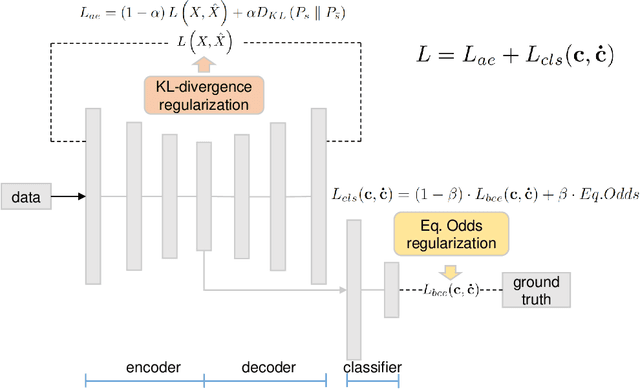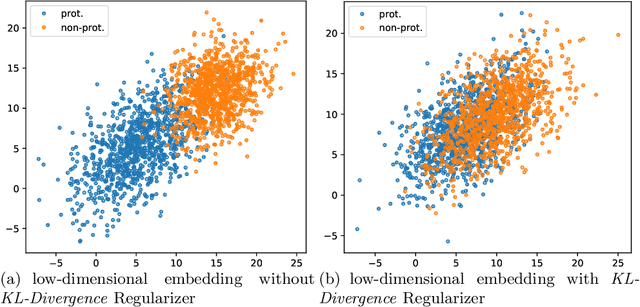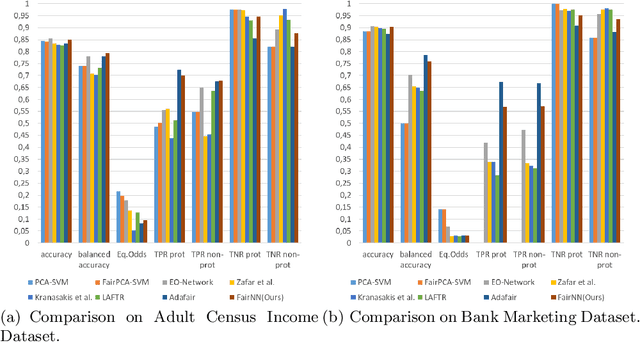Tongxin Hu
TMID: A Comprehensive Real-world Dataset for Trademark Infringement Detection in E-Commerce
Dec 08, 2023Abstract:Annually, e-commerce platforms incur substantial financial losses due to trademark infringements, making it crucial to identify and mitigate potential legal risks tied to merchant information registered to the platforms. However, the absence of high-quality datasets hampers research in this area. To address this gap, our study introduces TMID, a novel dataset to detect trademark infringement in merchant registrations. This is a real-world dataset sourced directly from Alipay, one of the world's largest e-commerce and digital payment platforms. As infringement detection is a legal reasoning task requiring an understanding of the contexts and legal rules, we offer a thorough collection of legal rules and merchant and trademark-related contextual information with annotations from legal experts. We ensure the data quality by performing an extensive statistical analysis. Furthermore, we conduct an empirical study on this dataset to highlight its value and the key challenges. Through this study, we aim to contribute valuable resources to advance research into legal compliance related to trademark infringement within the e-commerce sphere. The dataset is available at https://github.com/emnlpTMID/emnlpTMID.github.io .
FairNN- Conjoint Learning of Fair Representations for Fair Decisions
Apr 11, 2020



Abstract:In this paper, we propose FairNN a neural network that performs joint feature representation and classification for fairness-aware learning. Our approach optimizes a multi-objective loss function in which (a) learns a fair representation by suppressing protected attributes (b) maintains the information content by minimizing a reconstruction loss and (c) allows for solving a classification task in a fair manner by minimizing the classification error and respecting the equalized odds-based fairness regularized. Our experiments on a variety of datasets demonstrate that such a joint approach is superior to separate treatment of unfairness in representation learning or supervised learning. Additionally, our regularizers can be adaptively weighted to balance the different components of the loss function, thus allowing for a very general framework for conjoint fair representation learning and decision making.
 Add to Chrome
Add to Chrome Add to Firefox
Add to Firefox Add to Edge
Add to Edge